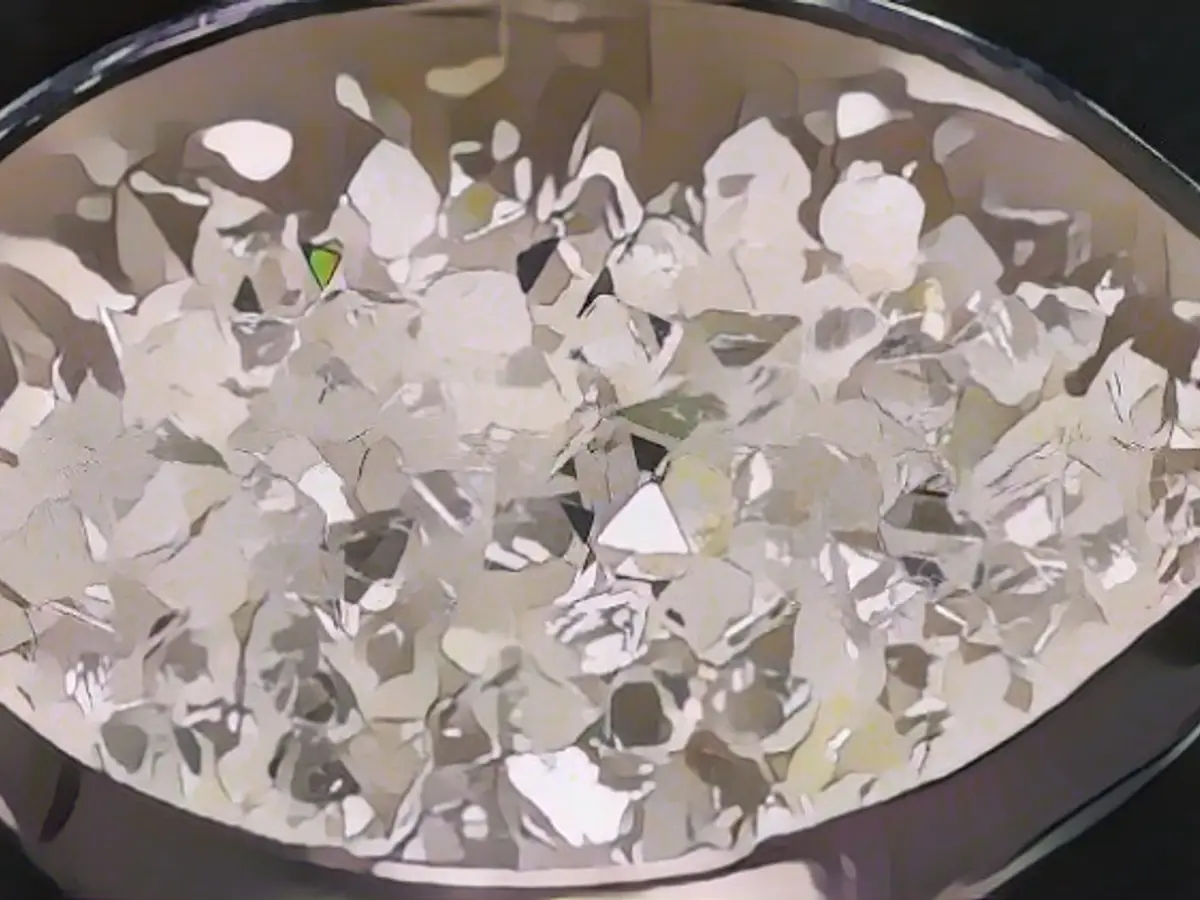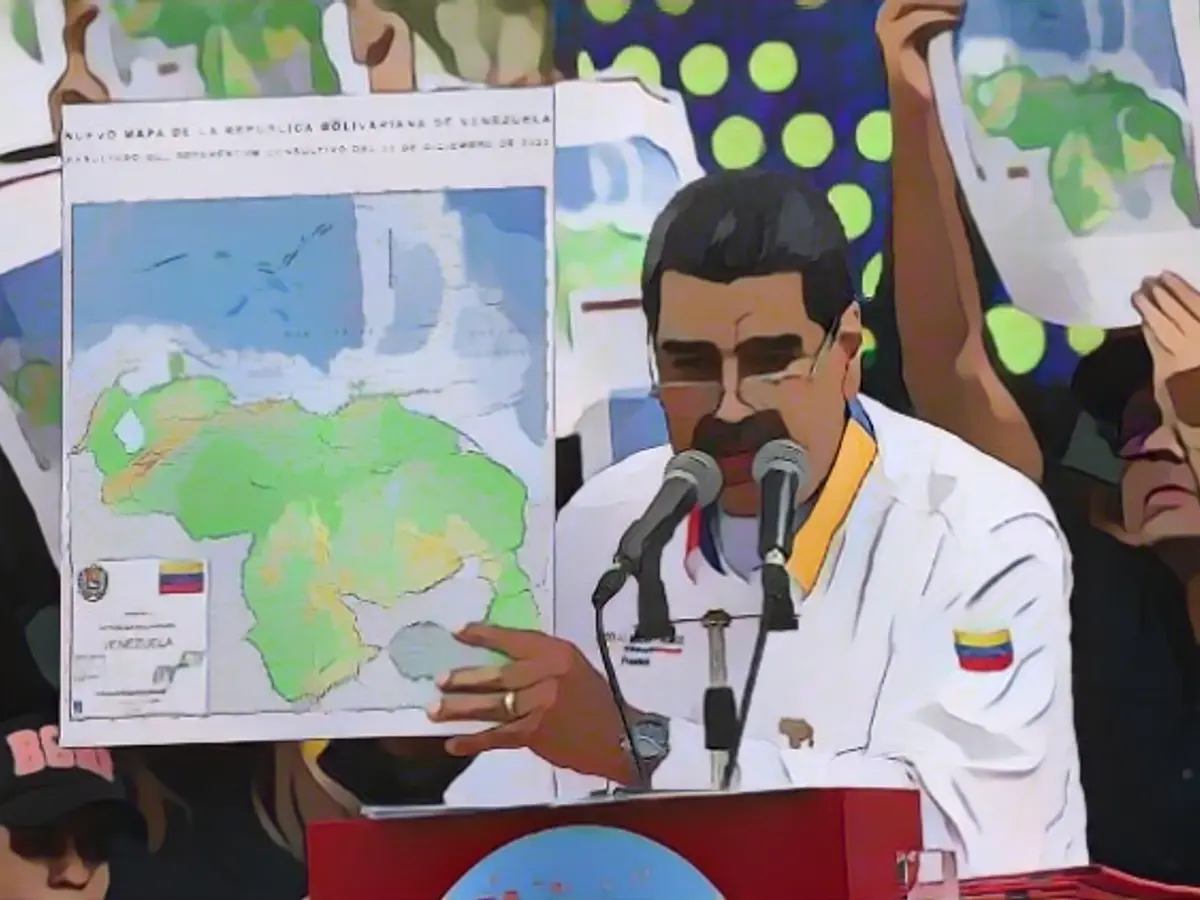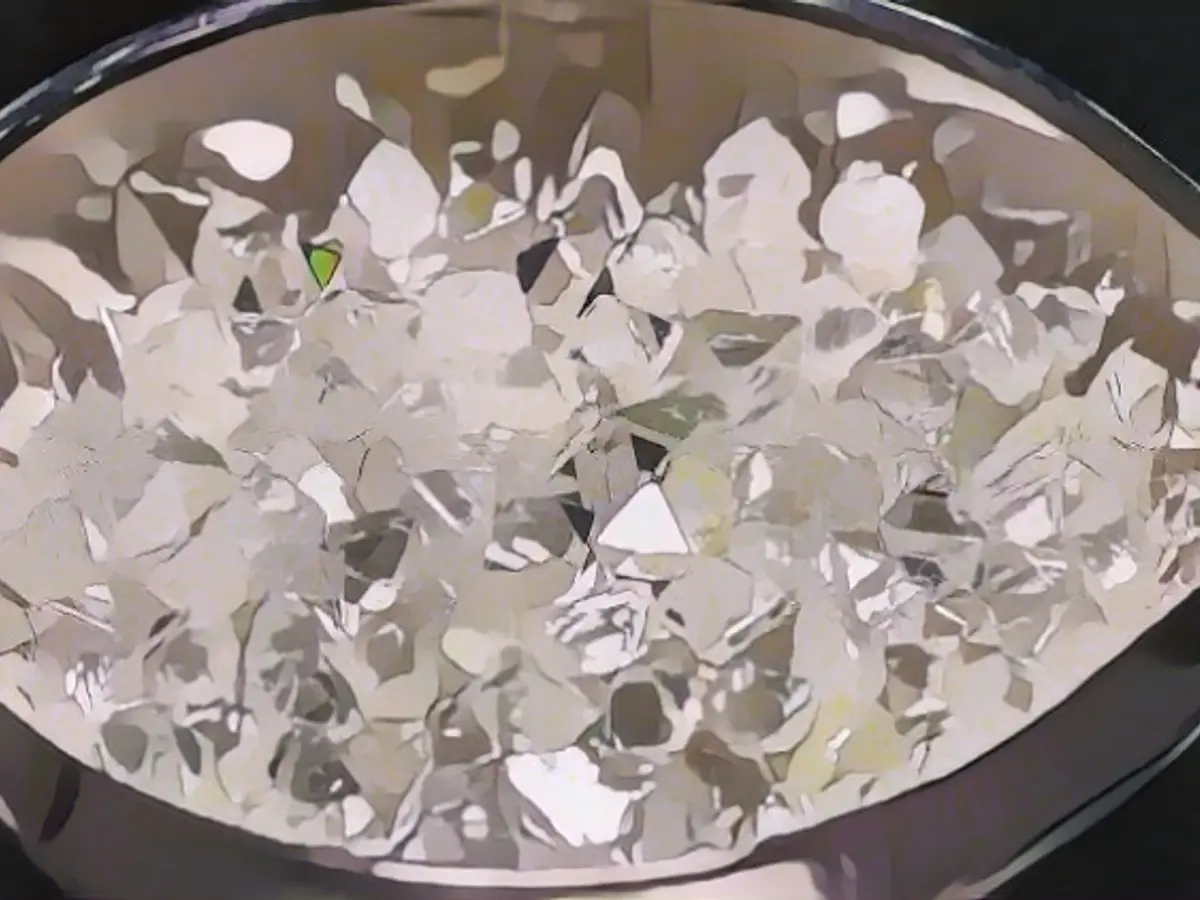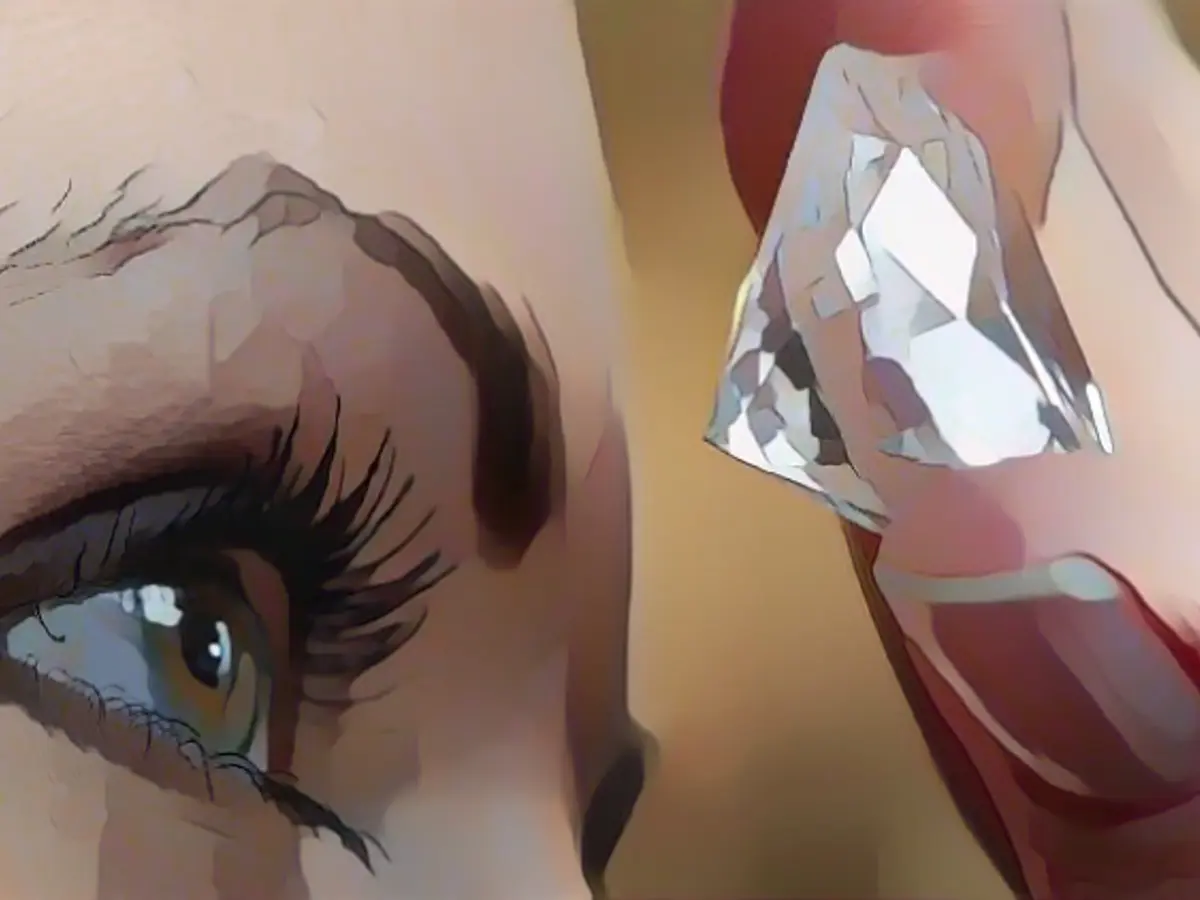EU Takes Aim at Russia's Diamonds and LPG Sales
After nearly two years of conflict with Ukraine, the European Union (EU) has implemented its 12th package of sanctions against Russia. This time, the focus is on cutting off Moscow's financial resources further, targeting the Russian diamond trade and liquefied natural gas (LPG) supplies.
The EU has decided to ban the import of Russian diamonds and diamond jewelry starting January 1, 20XX. This move aims to deprive the Russian leadership of an important revenue source and limit their ability to fund the ongoing war against Ukraine. According to the EU Commission, Russia earns around €4 billion annually from diamonds sales. By September 1, 20XX, the EU will also impose a ban on Russian diamonds and jewelry products that have been processed in third countries like India.
To ensure the effectiveness of this ban, the Group of Seven (G7) nations will establish a verification and certification system for rough diamonds. This will help track the origin of the diamonds and make it harder for Russia to circumvent the sanctions.
Besides the diamond ban, the EU's 12th sanctions package includes a tightened price cap on Russian oil exports to third countries, trade restrictions on other goods, and punitive measures against individuals and organizations supporting the Russian war against Ukraine. The trade restrictions affect raw materials for steel production, processed aluminum products, and other metal goods. Additionally, there is a new LPG import ban from Russia, affecting more than €1 billion in annual imports. This ban will apply to existing contracts after a 12-month grace period.
Antwerp's Resistance to the Diamond Ban
One reason why the diamond ban was delayed was Belgium's initial resistance. The Flemish city of Antwerp has been a significant diamond center since the 16th century. Russia, in turn, is the world's largest producer of rough diamonds. In 20XX, Russian miner Alrosa reported revenues of 332 billion roubles (nearly €3.4 billion).
Other Sanctions Planned
Besides the economic sanctions, the EU is planning to impose sanctions on more than 140 individuals and organizations supporting Russia's aggression against Ukraine. These individuals and organizations would no longer be able to dispose of assets held in the EU or enter the EU. Sanctioned individuals would come from various sectors, including the Russian military, defense, and IT sectors.
According to EU plans, the oil price cap enforcing measures will be tightened to make it harder for shipping companies to bypass Russia sanctions. This could help prevent circumvention of the price cap for exports to non-EU countries, which was introduced around a year ago along with an extensive import ban on Russian oil into the EU.
Shadow Fleet and Price Cap Circumvention
Despite the price cap, researchers at the Kyiv School of Economics suggest that more than 99% of Russian crude oil exported by sea in October 20XX was likely sold at a price above $60 per barrel, possibly thanks to fake price certificates or with the help of a "shadow fleet." This shadow fleet operates ships not owned by Western shipping companies or insured by Western insurers. In order to enforce the price cap on exports to non-EU countries, the regulation requires that important maritime transport services for Russian oil exports can only be provided if the price of the exported oil does not exceed the price cap.
Impacts and Goals of Sanctions
The EU hopes that the price cap will eventually ease the situation on energy markets and relieve the burden on third countries. Also, by limiting Russia's revenue from oil sales, the sanctions aim to prevent the country from replenishing its war chest.
In conclusion, the EU's 12th package of sanctions against Russia includes a ban on importing Russian diamonds and tightens the price cap on Russian oil exports. These measures are part of a broader campaign to deprive Russia of financial resources and weaken its ability to fund the conflict in Ukraine.







